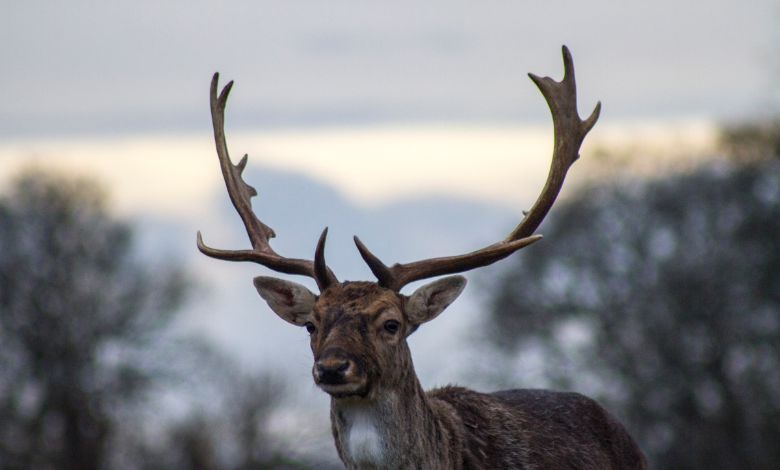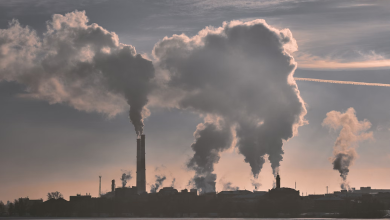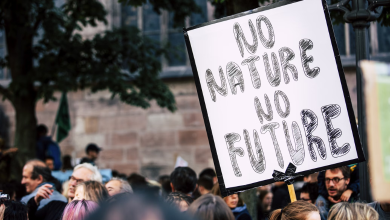Reindeers Confront Climate Change: The Underrated Engineers Of Lapland

Emerging evidence suggests reindeers may play a significant role in helping to preserve Lapland’s ecosystem, including the snow cover, the open forest with its low-growing bushes, mosses and lichen, and even the cold climate.
In fact, research suggests grazing reindeer may help fight some of the effects of climate change in the Arctic, a region that has been heating up four times faster than the rest of the planet. But reindeer herding in the harsh climate isn’t easy.
How Is Reindeer Herding Preventing ‘Shrubification’?
The practice provides an income for more than 20 different indigenous communities in the Arctic. In total, roughly 100,000 people are involved in herding about 2.5 million domesticated reindeer in nine countries, including Norway, Finland, China and Canada.
Traditionally, indigenous communities have also relied on reindeer for clothing, food and transport. In the not-so-cold months, the reindeer feed on lichen and other plants, trampling the ground as they go. In the process, they prevent ‘shrubification’.
Shrub and forest cover usually sound desirable. But in the case of Lapland, it could put an ancient ecosystem characterised by open forests at risk. Shrubification may also exacerbate the impacts of climate change as shrubs are known to trap heat.
Research shows the climate crisis is in fact accelerating shrubification as rising temperatures speed up plant growth. Reindeer help slow down this process and the greening of the tundra by eating and trampling on the plants.
Climate Change Challenging Reindeer Herding
Between 1986 and 2016, despite increasing summer temperatures, shrub cover in the Yamal Peninsula in northwest Siberia remained stable where there was a 75% increased in the reindeer population, according to a study analysing satellite images.
Read More: Green Fertilisers Key To Reduce Emissions From The Food System
But climate change is also creating serious challenges for reindeer herding, leading to more rain-on-snow events, followed by sudden drop in temperatures, eventually creating hard-packed snow with ice on top. The ice traps lichen, the main food for reindeer in the cold.



